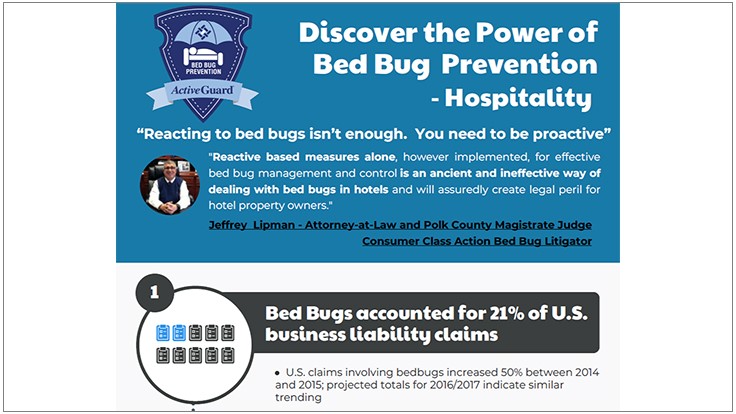Rat Control Recognizing Typical Rodent Behavior
Rat Control Recognizing Typical Rodent Behavior
Blog Article
Composed By-McDonough Avery
When it comes to rodent control, understanding typical rodent actions is vital to successfully managing problems. Did you know that rodents have some remarkable nesting habits that might stun you? By exploring their intricate actions, you can acquire useful understandings right into how to take on rodent problems in a more strategic and efficient way. So, let's unravel the enigmas behind these animals' activities and find out just how to outsmart them in your rodent control initiatives.
Rat Nesting Behaviors
When observing rodents in their natural environment, you'll observe that they proactively seek products to create their nests. Rodents, such as computer mice and rats, are clever creatures that utilize a variety of things like twigs, leaves, paper, and textile to develop their homes. They're meticulous in their nest-building procedure, usually lining their nests with softer products like fur or feathers to produce a comfy atmosphere.
Rats favor to construct their nests in concealed and protected places to safeguard themselves and their young from predators. Typical nesting places consist of wall surface cavities, attic rooms, basements, and also within insulation products. By constructing their nests in these remote locations, rats can safely elevate their spawn far from potential risks.
It is essential to understand the nesting behaviors of rodents when carrying out control actions. By disrupting their nests or eliminating materials, you can discourage rodents from establishing an existence in your house or residential or commercial property. Proper sanitation and sealing off access factors are likewise important action in preventing rodent infestations.
Rodent Feeding Patterns
After observing rodents' nesting behaviors, it becomes noticeable that their feeding patterns play a critical duty in their daily lives and habits. Rodents, consisting of mice and rats, are opportunistic feeders, implying they'll consume whatever food source is conveniently offered. They're primarily nocturnal creatures, liking to forage for food throughout the cover of evening to prevent killers.
Rats have a diverse diet regimen, ranging from grains, seeds, fruits, and veggies to bugs, nuts, and even little animals. This flexibility in their food selections allows them to prosper in various settings, including city areas where human food resources are bountiful.
Their feeding patterns aren't only driven by cravings but likewise by the demand to accumulate food for times of scarcity. This habits is especially obvious to prepare for cold weather or when nesting. Rodents are known to hoard food in their nests or burrows, making certain a continuous food supply. Recognizing their feeding patterns is necessary in carrying out effective rodent control actions to disrupt their food resources and avoid infestations.
Rodent Activity and Traveling
Rats browse their surroundings with dexterity and stealth, utilizing their keen detects to relocate swiftly via their environments. These animals are experienced climbers, able to range walls and vertical surface areas easily. They can additionally squeeze via remarkably small openings, making it essential to seal any type of possible access factors in your home.
When it pertains to traveling, rodents often tend to adhere to acquainted courses, developing tracks along wall surfaces or skirting the edges of areas. https://greenvillejournal.com/community/nuisance-wildlife-experts-warn-homeowners-of-critter-caused-destruction/ of habit, typically staying with these established routes as they forage for food or explore their environments.
Rats are known for their nocturnal habits, so you may hear them scurrying about at night as they search for food and water. Their activities fast and irregular, enabling them to dart in and out of sight in the blink of an eye.
Understanding exactly how rats relocate and travel can help you recognize possible invasion locations in your house and take proactive actions to prevent these pests from acquiring a grip.
Conclusion
As you function to control rodents in your home, keep in mind that recognizing their actions is crucial. By recognizing their nesting behaviors, feeding patterns, and movement, you can efficiently stop problems.
Coincidentally, by taking proactive measures to remove food sources and seal access factors, you can interrupt their familiar paths and require them to choose brand-new locations, inevitably lowering the possibility of rodent existence in your living spaces.
